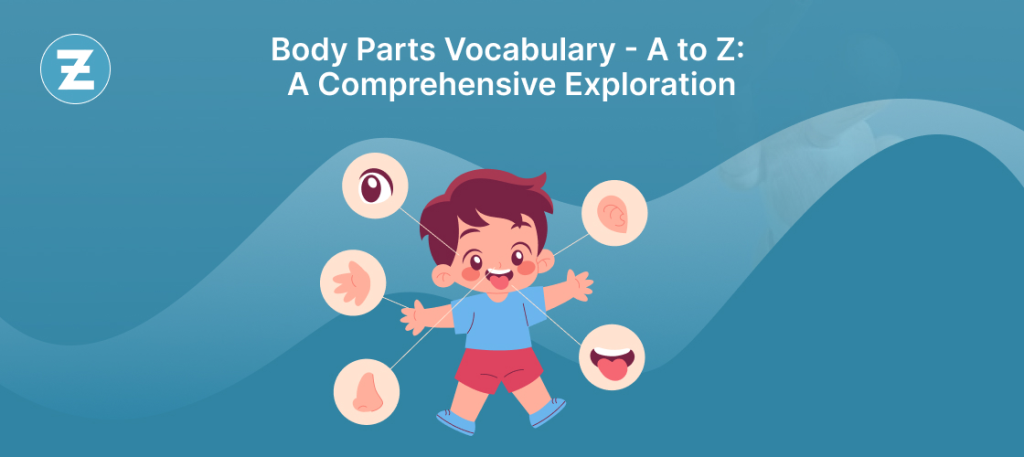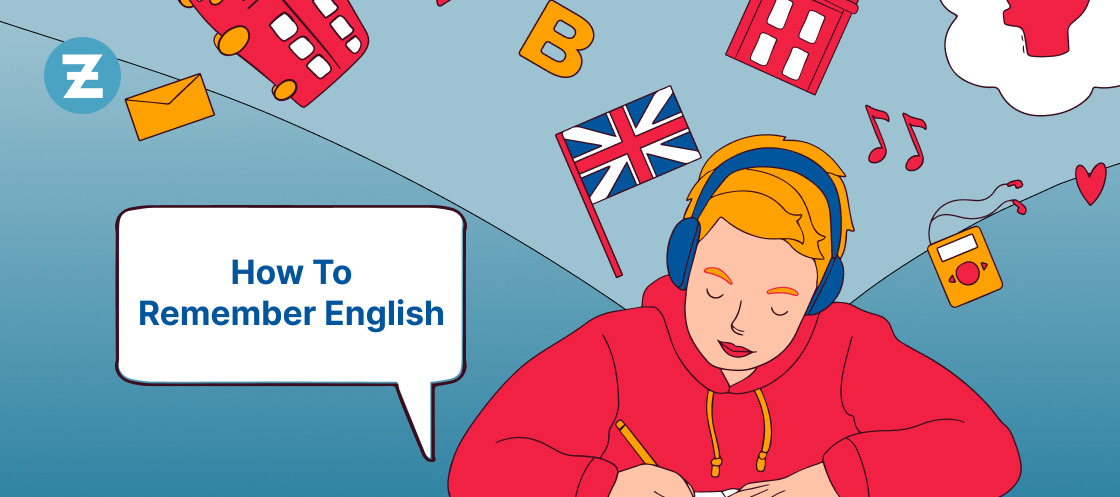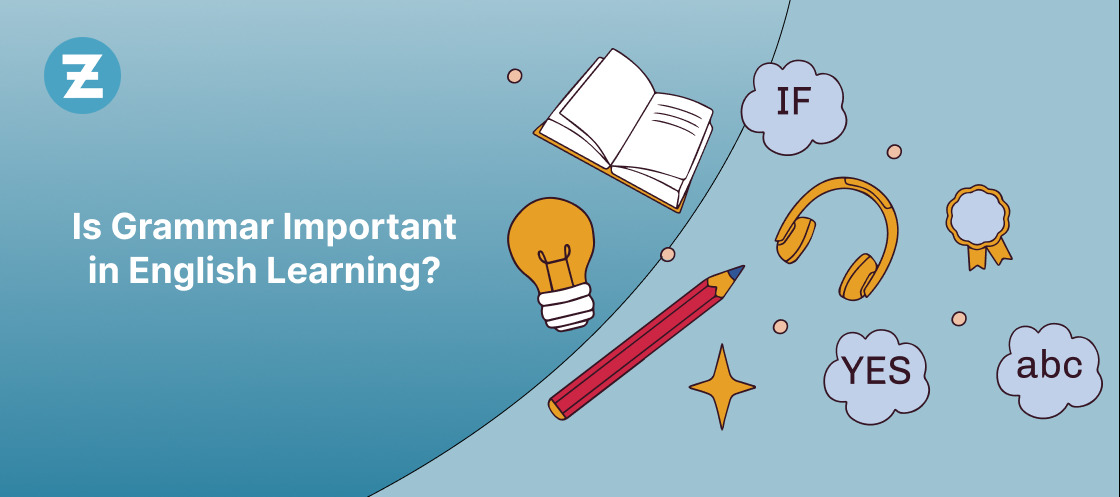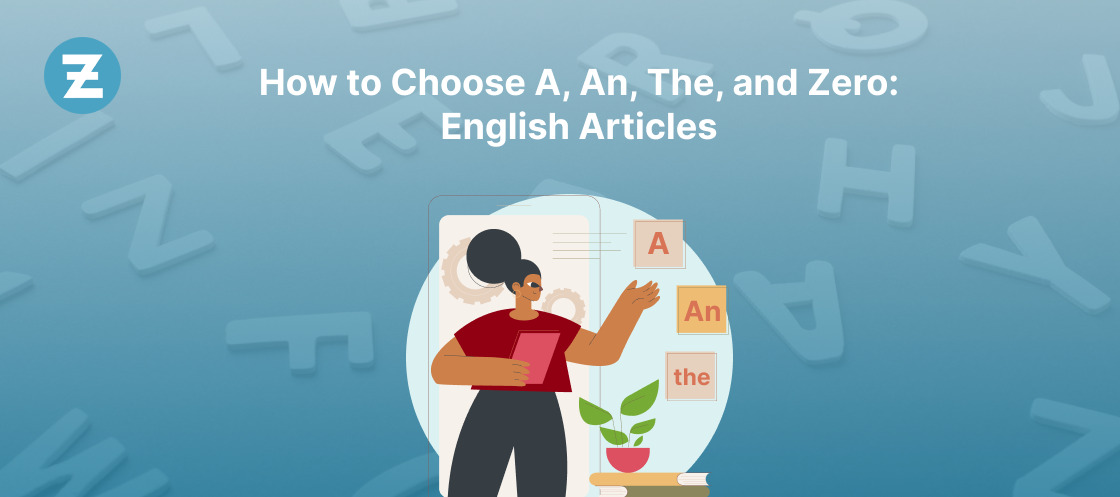The Linguistic Tapestry of Human Body Vocabulary
Language, being alive, is filled with vitality through the words we use to describe our world. A great deal of words that are connected with miracles of nature are hidden within the wide range of the English lexicon. In this linguistically adventurous journey, starting from A to Z, we will expose the rich tapestry of human body vocabulary. Every expression from head to toe describes in detail our complex physical beings.
A to Z Body Parts Vocabulary
A: Arm
- The human arm is the superior appendage, stretching from the shoulder to the hand.
- It includes three major sections, which are the upper arm (between shoulder and elbow), the forearm (between elbow and wrist), and the hand.
- The arm consists of muscles, bones, joints, and nerves that enable its movements and flexibility.
B: Brain
- Most of the functions of an individual’s body are regulated by the brain, which is the central organ of the nervous system.
- The brain is responsible for coordination, thinking, and emotions and is made up of billions of neurones.
- Moreover, it communicates with other parts of the body via the spinal cord, and it remains protected in the skull.
C: Chest
- Also known as the thorax, this is where organs such as the heart and lungs are found.
- It’s defended by a rib cage, which contains the ribs and sternum.
- The chest is vital for breathing and pumping blood throughout the body.
Read also: Score Big with Our A-Z Sports English Vocabulary Glossary
D: Digestive System
- It is responsible for processing food and getting nutrients and energy that the body needs.
- The mouth, oesophagus, stomach, small intestine, large intestine, liver, and pancreas are some of its notable organs.
- Digestive enzymes and acids help break down food into something that can be absorbed.
E: Ear
- The ear, among other functions, helps the body to hear and have equilibrium.
- This organ has three sections—the outer, middle, and inner ears—that transmit sound waves to the brain, where they are converted into appropriate signals.
- In addition, within the ear is a part called the cochlea that converts sound vibrations into electric impulses.
F: Foot
- The foot is the last segment of the leg and supports, balances, and aids movement.
- It is made up of bones, muscles, tendons, and ligaments.
- Body weight distribution and shock absorption during motion are some roles played by arches in the feet.
G: Groyne
- This is the area where the upper thigh connects to the lower abdomen.
- Muscles, blood vessels, and lymph nodes are some of its constituents.
- Groyne is extremely vital in hip action as well as playing a part in both the circulatory and lymphatic systems.
H: Heart
- The heart is a muscular organ that beats continuously, pushing blood all over the body through the circulatory system.
- It’s composed of four chambers, namely two atria and ventricles.
- The heart rhythmically contracts to ensure that both oxygenated and deoxygenated blood flow ceaselessly.
I: Intestines
- The digestive system includes intestines, both small and large.
- It is responsible for the absorption of nutrients and water from ingested food.
- Nutrient absorption occurs in the small intestine, while the large intestine absorbs water and forms feces.
J: Jaw
- The jaw, or mandible, is the bone that forms the lower part of the skull.
- It is important for talking, chewing, and appearance.
- Additionally, this bone has a joint called the temporomandibular joint (TMJ) that allows its movement during activities such as speaking and eating.
K: Knee
- It is called a hinge joint when the thigh bone (femur) joins the shin bone (tibia).
- When the knee bends, it enables us to walk and do other things.
- Stability and smooth movement of the knee are aided by ligaments and cartilage.
| Ready for a challenge? Game on! Transform language learning into an adventure with the Zoundslike game app. |
L: Leg
- The leg is the lower limb, extending from the knee to the foot.
- It supports the weight of the body and facilitates movement.
- Legs function as a team; muscles, bones, and joints contribute their share towards a mobile and strong limb.
M: Mouth
- The mouth is where the digestive system begins.
- It consists of various parts, such as the lips, teeth, tongue, and salivary glands.
- The mouth breaks food into smaller particles through mechanical and chemical digestion.
N: Neck
- It also connects the head to the remaining part of the body and has a cervical spine.
- In addition, it contains vital nerves, the oesophagus, blood vessels, and the trachea.
- Also, this is important in facilitating movement and flexibility of the head.
O: Ovary
- The ovary is a female reproductive organ that produces eggs, or ova, and two hormones, oestrogen, and progesterone.
- In females, there are typically two ovaries, one on each side of the pelvis.
- Logically enough, ovaries play a key role in menstrual cycles and fertility.
P: Palm
- The palm is the central and largest part of the hand. It consists of metacarpal bones and muscles attached to them.
- These activities include holding, grasping, and manipulating things.
- Human beings have fine motor skills due to the peculiar structure of their palms.
Q: Quadriceps
- These are the front thigh muscles of four called quadriceps or quads.
- It facilitates knee extension and supports the movement of the leg.
- The quads are important for walking, running, and jumping.
R: Rib
- Curved bones form the ribcage, which protects vital organs in the chest.
- They connect to the spine and sternum.
- The ribcage contracts and expands while breathing, thus facilitating lung function.
S: Shoulder
- A shoulder is a junction that links an arm with the torso.
- It consists of two bones: the shoulder blade (scapula) and the collarbone (clavicle).
- The joint allows for wide movement and participates in activities like lifting and reaching.
T: Thigh
- The thigh is the part of the leg below the hip but above the knee.
- The muscles are strong, with quadriceps and hamstrings included.
- Movements on the lower limb, like walking, running, etc., are made possible by the thigh.
U: Uterus
- The uterus is a pear-shaped organ in the female reproductive system.
- It helps to sustain and protect the developing foetus during pregnancy.
- The uterus undergoes changes during the menstrual cycle and plays a crucial role in reproduction.
Read also: Navigating the Universe: Essential Space and Astronomy Vocabulary
V: Vein
- Veins are blood vessels that carry deoxygenated blood back to the heart.
- To prevent backward flow, they have valves that go only one way.
- They work together with arteries and capillaries to form a complete circulatory system.
W: Wrist
- a complex joint that links the hand to the forearm.
- It is made up of a number of small bones called carpals.
- Movement of the wrist enables various movements of the hand, such as extension, flexion, and rotation.
X: Xiphoid Process
- The xiphoid process is a small cartilaginous projection at the bottom of the sternum. It is tiny, but it helps hold the abdominal muscles in place and provides a landmark for examinations in medicine.
Y: Yolk Sac
- The yolk sac is an early embryonic structure that provides nutrition to the developing embryo.
- It is part of the gestational sac in early pregnancy.
- At the same time as the formation of the placenta, the yolk sac loses its role.
Z: The Zygomatic Bone
- The facial skeleton contains the zygomatic bone, also referred to as cheekbones.
- It constructs eyeball housing and provides facial tissues with support.
- The degree to which the cheekbone protrudes from the face varies from person to person, determining how the face looks.
Conclusion
Our journey from A to Z has unfolded the intricate language of the human body. Each term is a linguistic window, offering insights into the marvels of evolution and the complexities of our physical existence. By expressing our bodies through language, we showcase not only linguistic prowess but also a profound understanding of the mechanisms that sustain life.
From head to toe, our language invites exploration and appreciation of the intricacies within. To deepen your linguistic repertoire, visit ZoundsLike, a language learning app for unique language learning, and explore language learning apps for an interactive approach to proficiency.
For inquiries or to share your language learning experiences, contact us. Let language and the marvels of the human body continue to inspire and enrich your understanding of yourself and the world.








